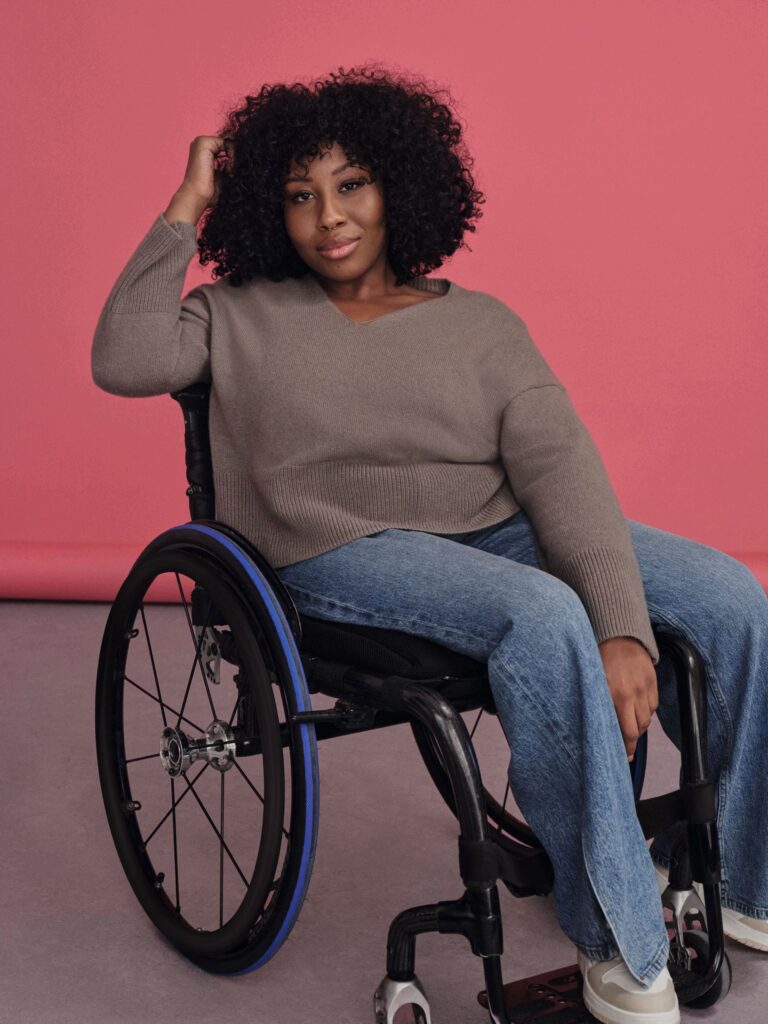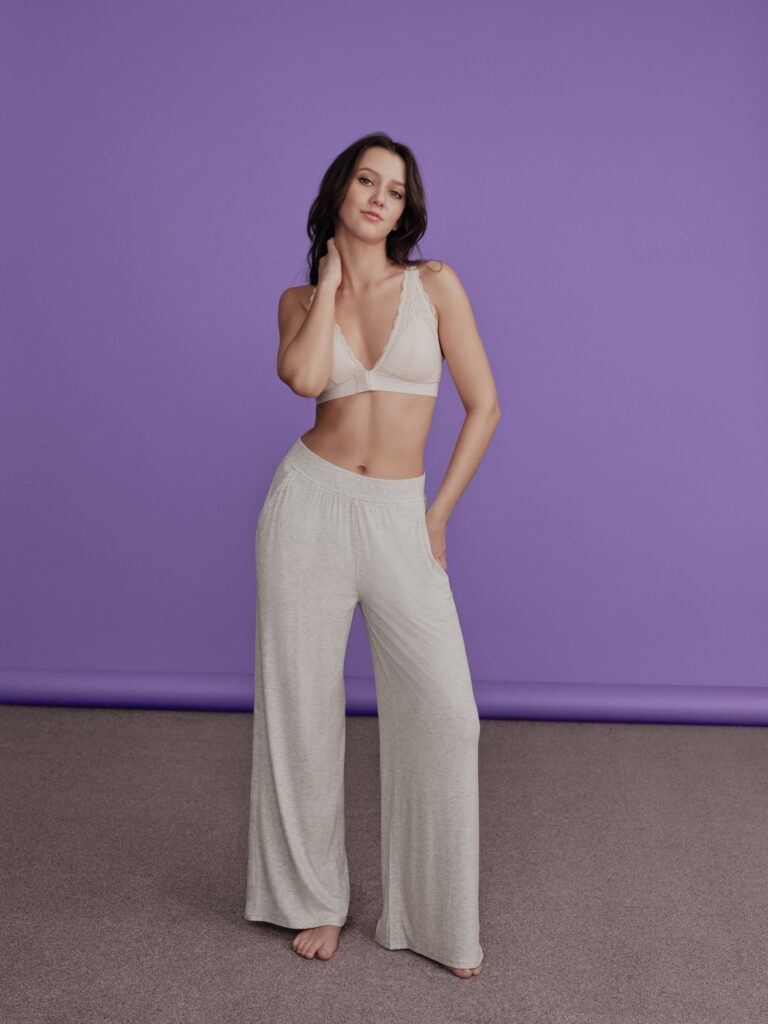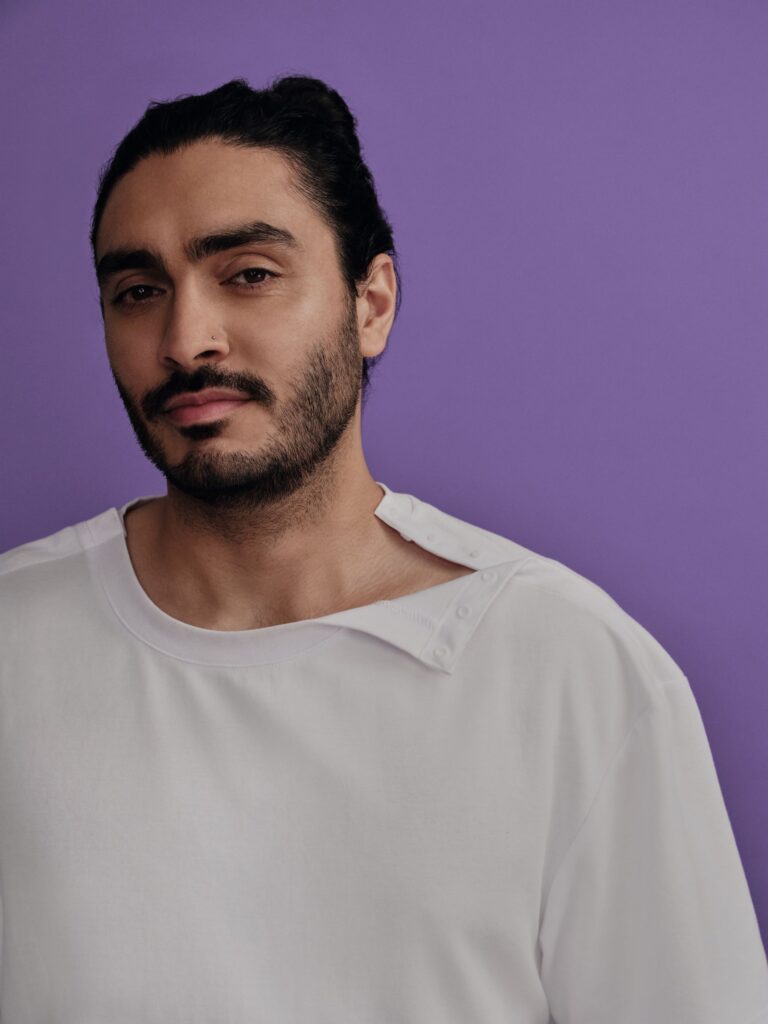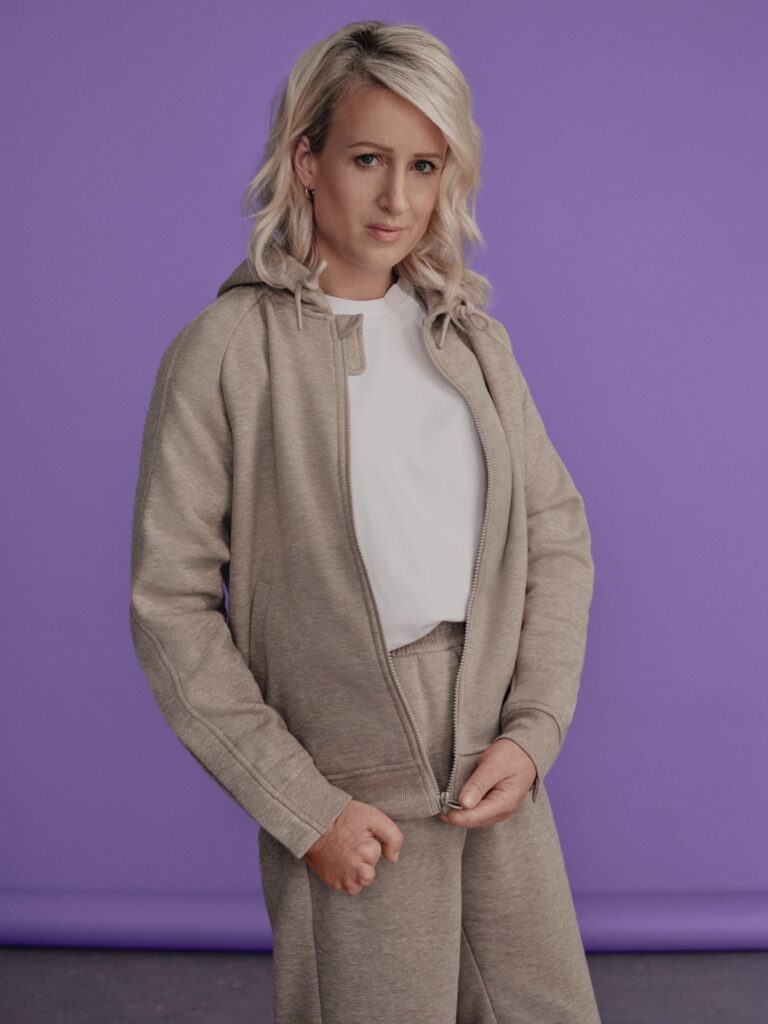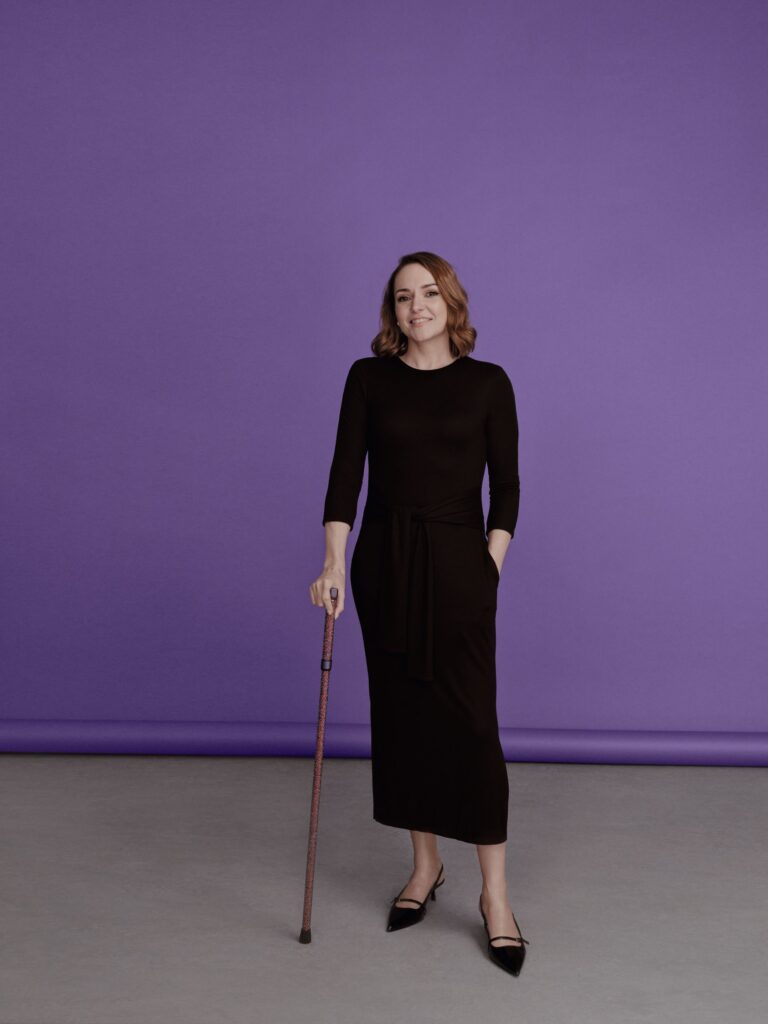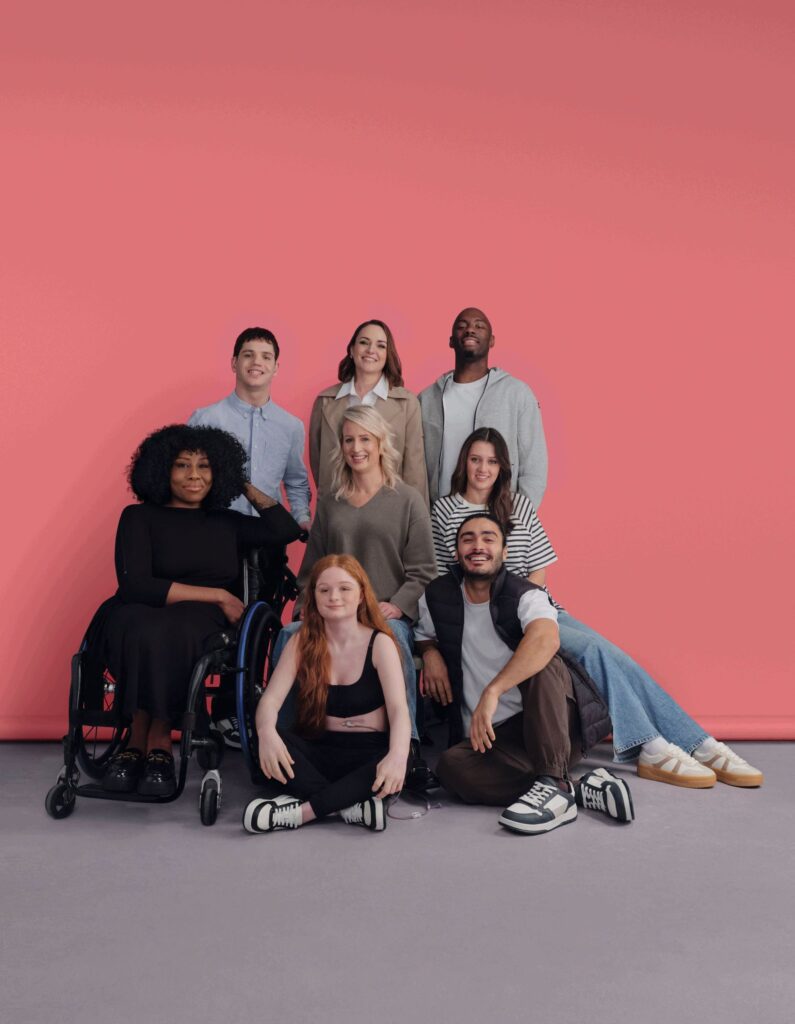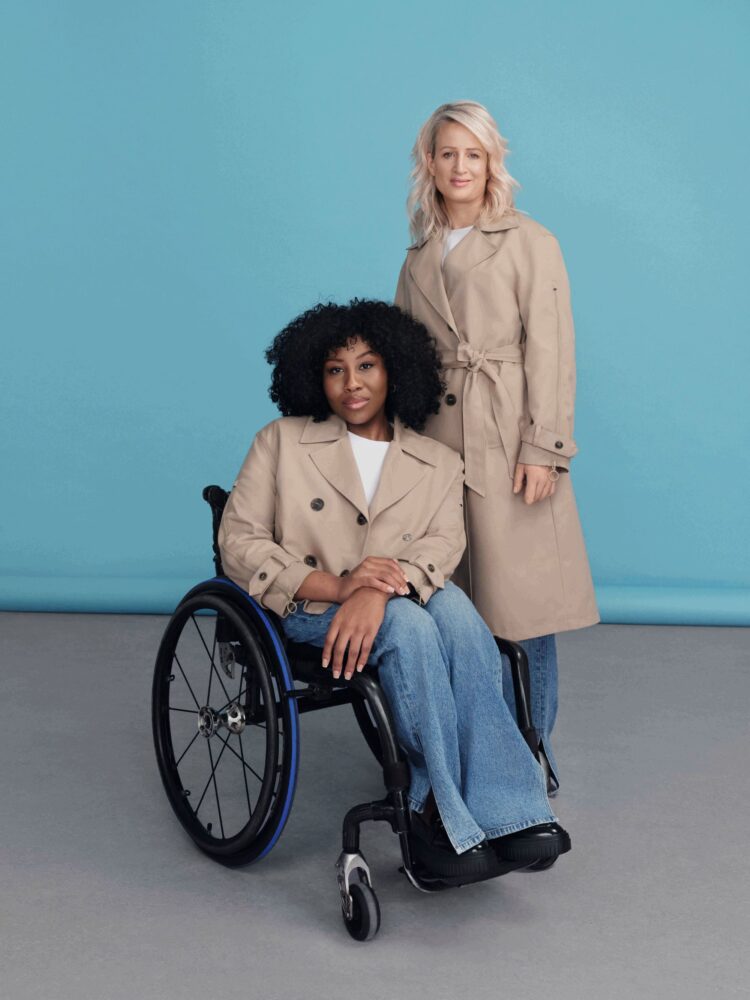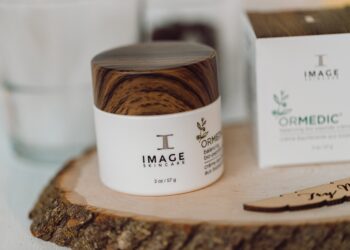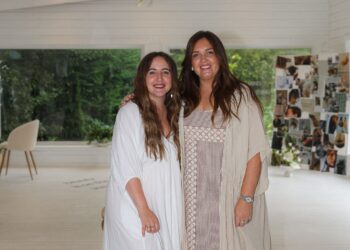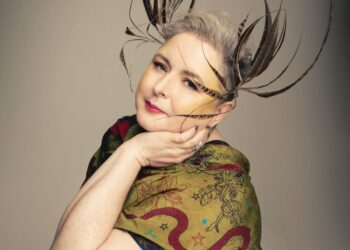Penneys has unveiled a fashionable and affordable 49-piece adaptive clothing range for men and women
For some of us, getting dressed in the morning is just the first part of our day and, often, the most tiresome part is figuring out what to wear – usually from an overflowing wardrobe.
But what about the people who have zero choice in what they wear? Those who can only wear what fits over a prosthesis or what feels comfortable due to an illness or disability? What if you break an arm or fracture an ankle and have to find clothes to suit a temporary disability?
It’s something most of us will not even contemplate until we have to and yet, there are countless people forced to contend with these questions every single day. Over the last three years, I’ve seen several family members navigate these very issues due to temporary disability (having to wear an orthopaedic boot) and the ageing process.
That’s why the new range of adaptive clothing from Penneys feels so momentous – to have an affordable and fashionable option for people living with disabilities will be life-changing for so many. Developed with award-winning adaptive fashion designer and disability campaigner, Victoria Jenkins, founder of Unhidden, it includes wardrobe staples based on Penneys bestsellers – from trench coats and tees, to jumpers and jeans, all with features designed around the needs of disabled people.
These features include magnetic zippers and snap fastenings, waist loops that help to pull up trousers and hidden openings for tube, stoma or catheter access. There is also a range of options for people who are seated, such as wheelchair users.
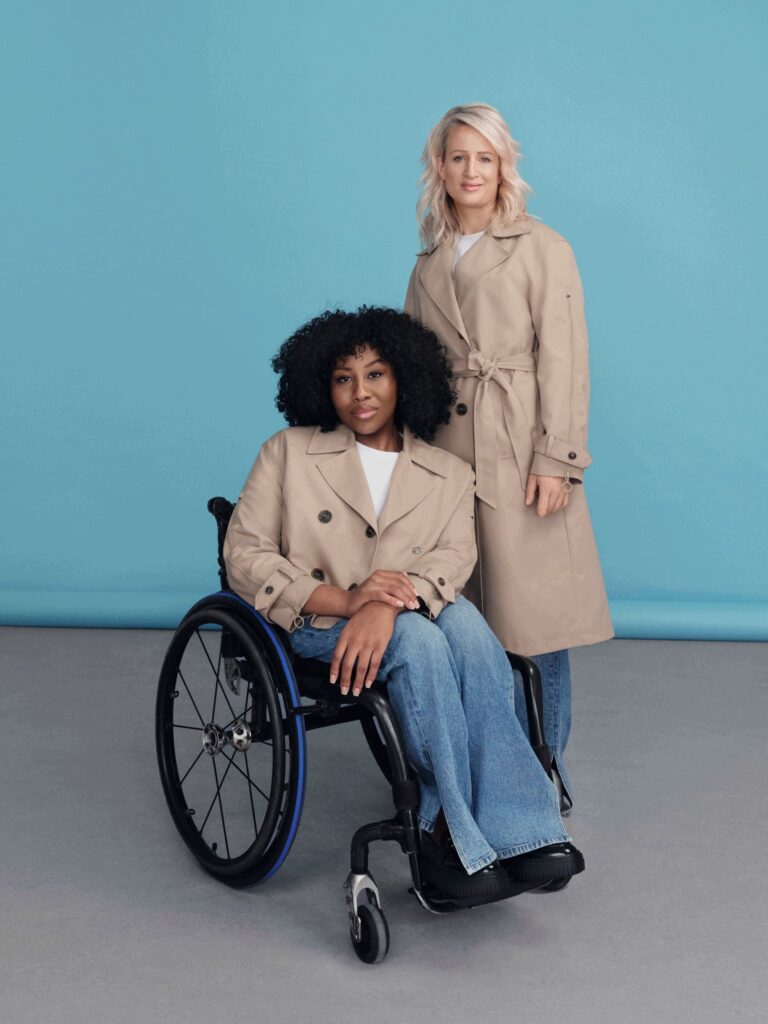
Commenting on the launch, Ann-Marie Cregan, Trading Director for Penneys said: “Penneys has always stood for making affordable fashion accessible for everybody and every body. There are over 200,000 people in Ireland today whose needs aren’t being met on the high street. This collection is an important step in ensuring that more people can find clothes that help them to look and feel their best without the high price tag that often comes with more specialist items or having to invest in expensive alterations.”
We spoke to designer Victoria Jenkins to discuss the new range and what her hopes are for the future of adaptive fashion.
“I started Unhidden because I felt that everything that existed when I first had the idea in 2016 – I had a little Google search – and at the time, it was all very Teflon,” she reflected. “It was all kind of from a carer’s perspective. There was nothing that was sustainable and there was nobody young. It just didn’t feel very representative.”
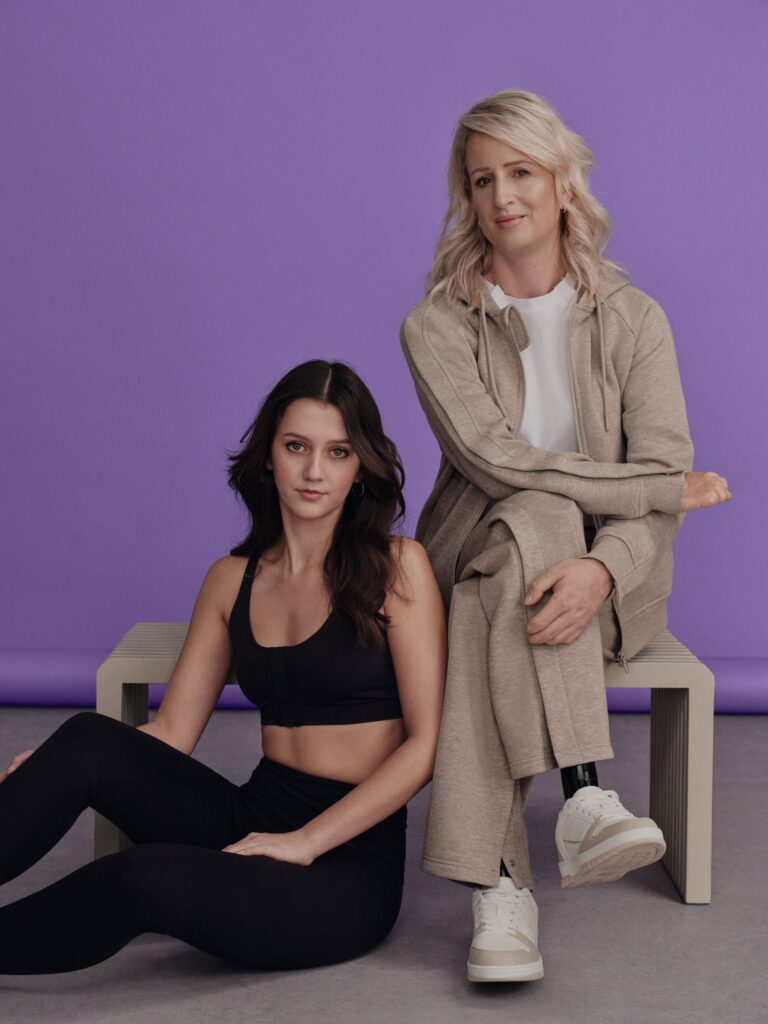
Of course, Victoria isn’t the first adaptive designer, there are many. In fact, she reminded me that Tommy Hilfiger was the first one to do adaptive clothing as a big brand but the lack of marketing around it meant it didn’t get the publicity it deserved. And while other high street brands have also done adaptive ranges, they didn’t hire an adaptive expert or promote them in a way that reached the people who needed the products.
“I think the difference with me is that my background is in fashion as a garment technologist,” she said. “It’s just been difficult because it’s an educational piece as well, about why people need it, and then it’s trying to find the people that need it. Then, even the word ‘adaptive’ is not one everybody knows, so the more reach we can get, the better.”
She is full of praise for Primark for being so open and collaborative when developing this range and hopes that other brands will sit up and take note. Created to reflect a diverse range of needs, the collection was shaped through a series of focus groups and hands-on fit sessions with members of the disabled community.
Even the marketing campaign for it, shot by photographer Esme Moore, features models with a range of disabilities and celebrates the style, comfort and freedom found in finding clothes that suit the needs of every body.
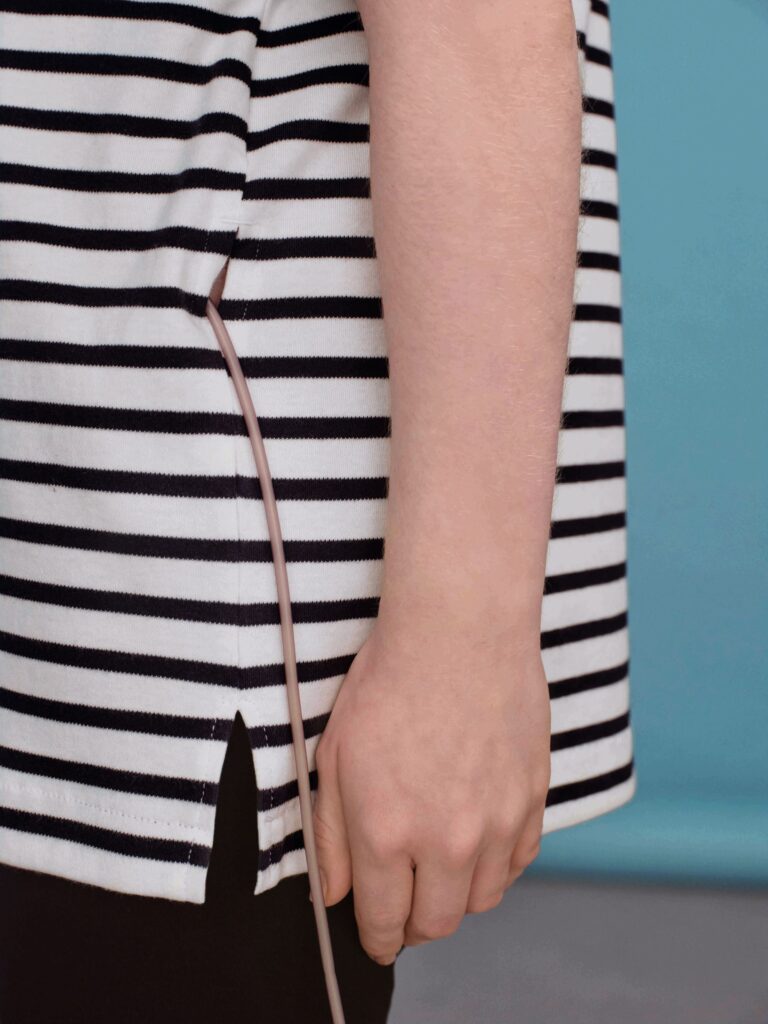
“Disability affects one in four people,” said Victoria. “That’s quite a lot of people. And then, you know, you can see the temporary disability. Like, you’ve got a broken arm or leg and you can’t do the things that you normally can. And then there’s age-related disability, like someone with dementia, just being able to get in and out of things quicker or with more ease. The range is universal – it’s for everybody, including non-disabled people, and then there’s also the seated versions, which are for wheelchair users.”
For Victoria, one of the most impressive things about the collection is that the changes, although hugely effective, are extremely subtle.
“You wouldn’t notice what we’ve done to them! It’s life-changing for people, it really is. There are people who don’t go for job interviews because they can’t wear certain outfits that are appropriate or refuse to even go to a wedding. They cancel most of their events because they can’t dress how they want to. Life’s hard enough without having to worry about getting dressed as well.”
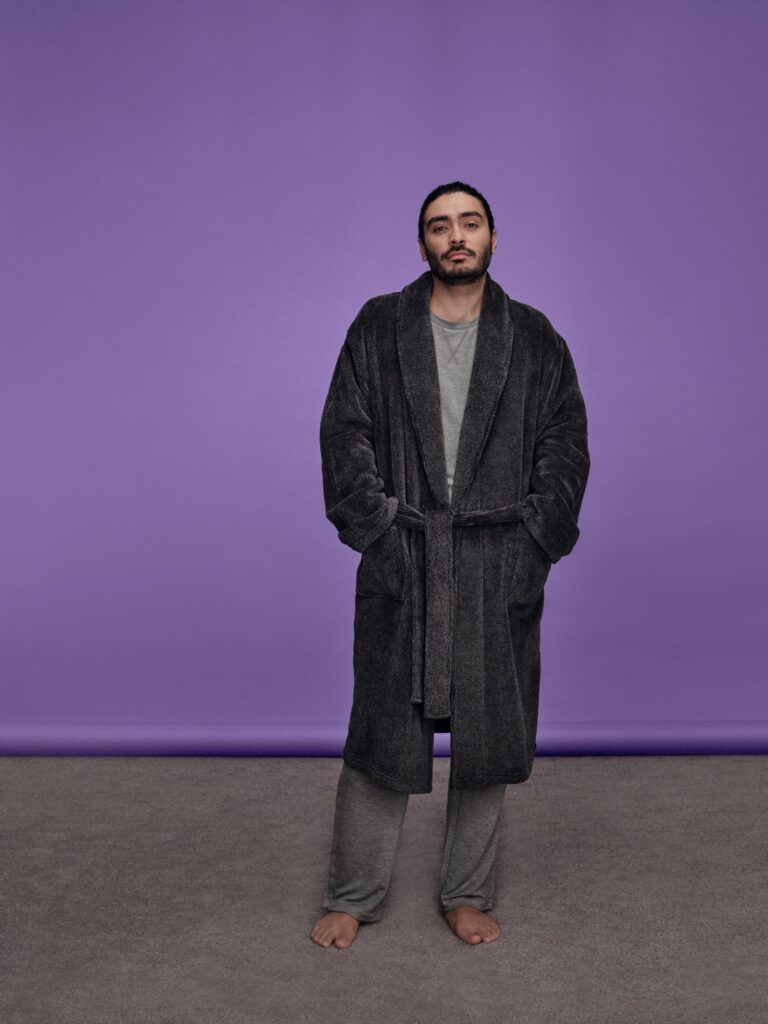
Commenting at the launch of the collection, Victoria said: “Disabled people face lots of barriers in their lives and clothing shouldn’t be one of them. I hope this launch is a step in changing that narrative, bringing more choice to the high street. We’ve created pieces that are not only functional but fashionable and affordable, because everyone deserves to feel confident and stylish in what they wear.”
The new collection will be available from Tuesday 28 January in the following stores in the Republic of Ireland:
- Mary Street, Dublin
- Blanchardstown, Dublin
- Dundrum, Dublin
- Liffey Valley, Dublin
- Swords, Dublin
- Wilton Shopping Centre, Cork
- Eyre Square, Galway
- Barronstrand Street, Waterford

